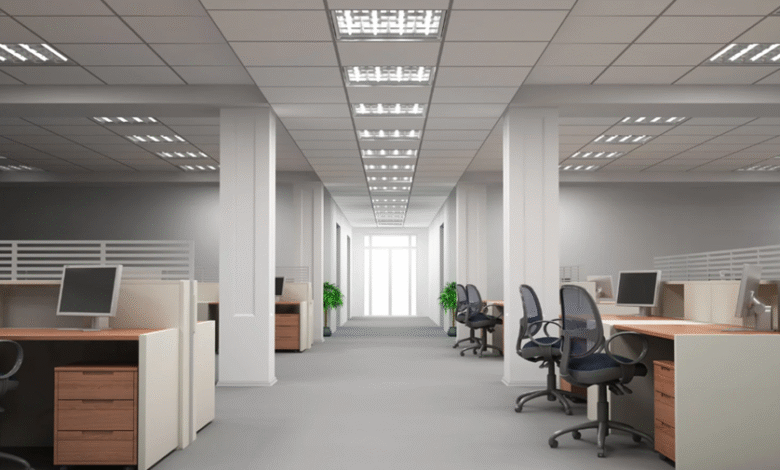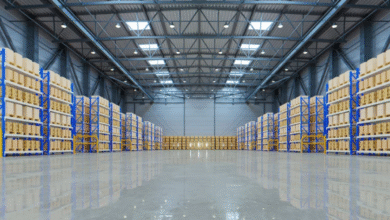How To Minimize Downtime During A Commercial Remodel

Commercial remodeling projects can bring significant improvements to a business, but they also come with challenges, chief among them being downtime. When operations are disrupted, productivity, customer experience, and revenue can all be affected. Companies investing in commercial remodeling in Johns Creek often seek strategies to minimize disruptions while achieving high-quality results. With the proper planning and communication, it is possible to keep a project moving forward while ensuring daily business functions remain intact.
Planning for Efficiency
The foundation of a smooth remodel lies in thorough preparation. Before construction begins, businesses should establish a clear timeline that accounts for potential delays and milestones. Coordinating with contractors to develop a detailed project schedule helps prevent surprises and keeps everyone aligned. Proper planning also includes determining whether sections of the building can remain open while work occurs in other areas. Phased remodeling is a practical approach that ensures parts of the business remain operational during the construction process.
Communication with Staff and Clients
Transparent communication is critical in minimizing downtime. Employees should be informed of expected changes, including temporary relocations, noise disruptions, or modified schedules. Providing clear updates reduces stress and allows staff to adapt smoothly. Clients and visitors also benefit from timely updates. Posting notices about limited access or alternate arrangements demonstrates professionalism and helps maintain customer trust throughout the remodel.
See also: Exploring Tech Innovations in the Automotive Industry
Leveraging Off-Hours and Alternative Spaces
One of the most effective ways to reduce downtime is to schedule construction during off-hours, weekends, or holidays when business activity is naturally lower. This reduces disruptions and maintains consistent workflows. In cases where work must occur during regular hours, businesses may temporarily relocate staff to alternate spaces. This could include renting short-term office space or allowing remote work when feasible. These strategies ensure productivity continues even during disruptive phases of construction.
Integrating Strategic Remodeling Practices
Focusing on specific improvements that enhance both the remodel and long-term functionality can also minimize disruptions. For example, projects that include upgrades to restrooms or break areas can be executed efficiently by following tips such as isolating construction zones and ensuring alternate facilities are available. Looking at long-term efficiency, businesses that spend time planning their commercial remodel gain better insight into cost-saving techniques and scheduling strategies that directly reduce downtime. Aligning remodeling goals with operational needs ensures that short-term inconveniences lead to lasting improvements.
Using Technology to Streamline the Process
Digital tools can play a key role in reducing downtime during a remodel. Project management software enables contractors and business leaders to track progress in real-time, address issues promptly, and adjust schedules as needed. Virtual meetings and digital communication platforms also minimize the need for constant in-person check-ins, ensuring decisions are made swiftly without slowing the project. This level of coordination ensures the remodel progresses smoothly with minimal disruptions to daily operations.
Conclusion
Minimizing downtime during a commercial remodel requires a balance of strategic planning, clear communication, and flexible scheduling. By working closely with contractors, utilizing off-hours, and keeping employees and clients informed, businesses can reduce disruptions while still achieving impactful upgrades. A carefully managed remodel not only preserves productivity but also delivers a stronger, more efficient workspace for the future.





